Remember the tacky, over-the-top McMansions from the venerable MTV series Cribs? Mega-recording artist Aubrey Drake Graham lives in a unique house in Toronto. Drake’s lavish 50,000 square foot home is equipped with features including an NBA regulation-size indoor basketball court that is topped by a 21 square foot pyramidal skylight.
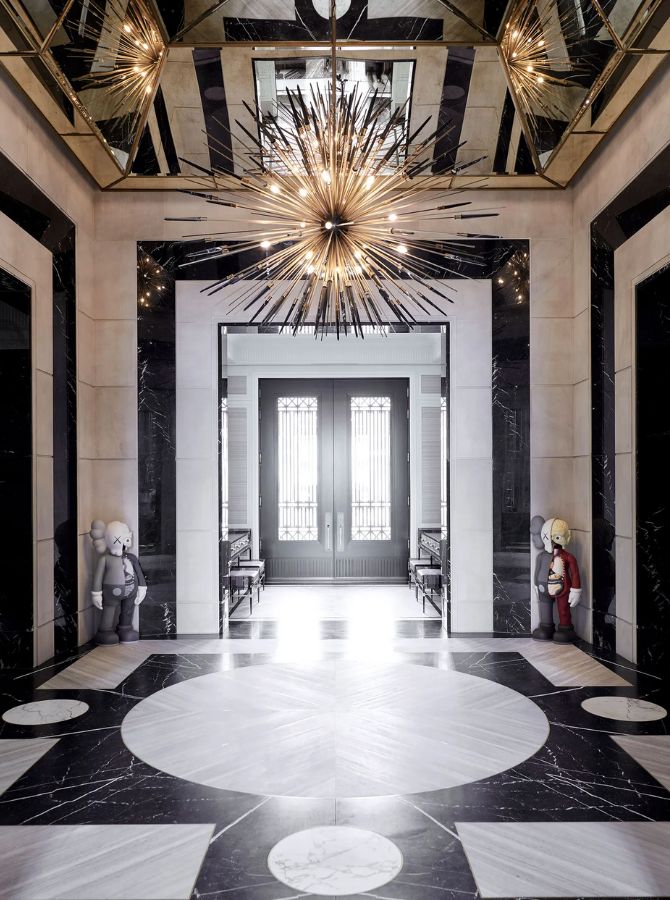

Drake Manor, as envisioned by Canadian architect and interior designer Ferris Rafauli, is a marvel of old-world craftsmanship made of limestone, bronze, exotic woods, and other fine materials, as opposed to vast swaths of cheap drywall and mountains of awkward furniture upholstered with a hot glue gun. The vast estate has been painstakingly designed and built in every way. Additionally, no Scarface posters are visible.
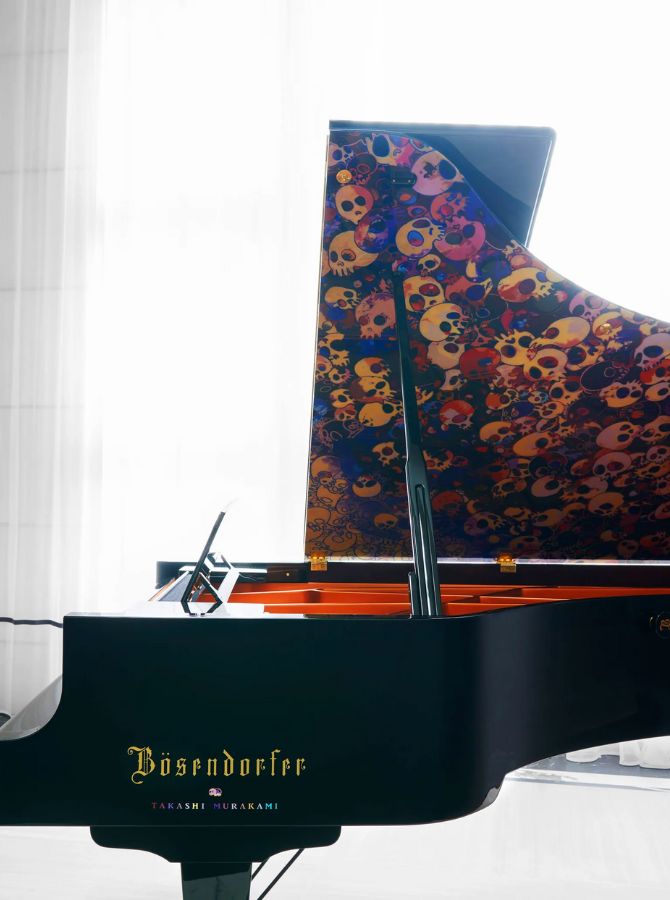
“I wanted it to last for 100 years because I was building it in my hometown,” the builder said. Drake states, “I wanted it to have a monumental scale and feel.” He continues, “It will be one of the things I leave behind, so it had to be strong and timeless.”
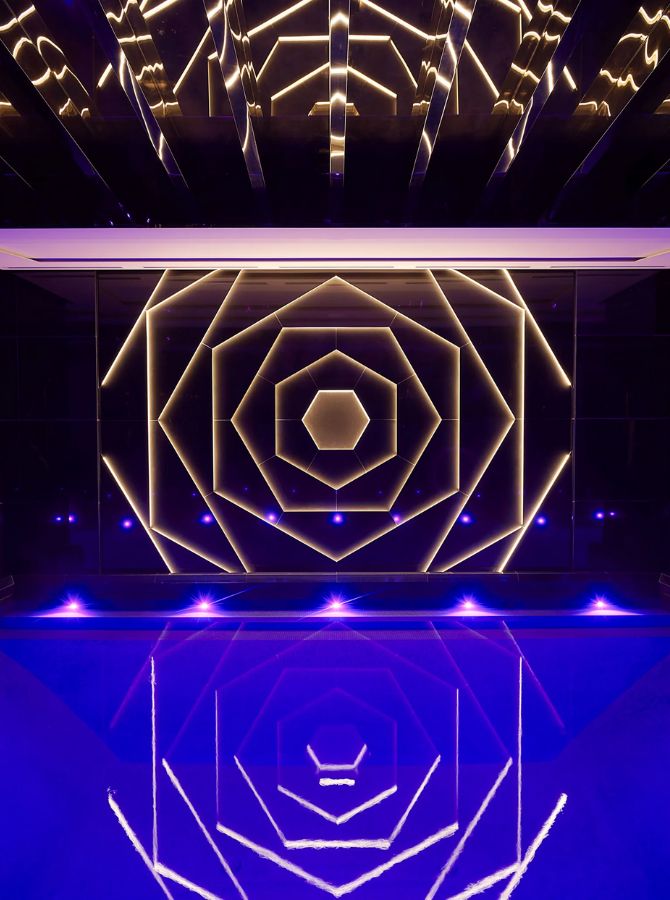
The Embassy is modeled after traditional Beaux-Arts architecture, which has been simplified and slightly abstracted to give it a more modern feel. “The building is a proper limestone mansion of the 19th century in form, materials, and execution.” However, Rafauli, who owns his own luxury design/build company in Ontario, notes that the exterior profiles are more understated and the lines are cleaner. This is not fake gold, paint, or stucco. Drake did not want that, and I do not act in that manner.

The crazy-ey-cool interiors are described by Rafauli as “modern Art Deco,” once more making reference to a traditional historical design that has been modified and revitalized to reflect the spirit of the era as well as the DNA of his high-profile client. “Once you’ve chosen a certain style, you can dance within that style,” says the designer.
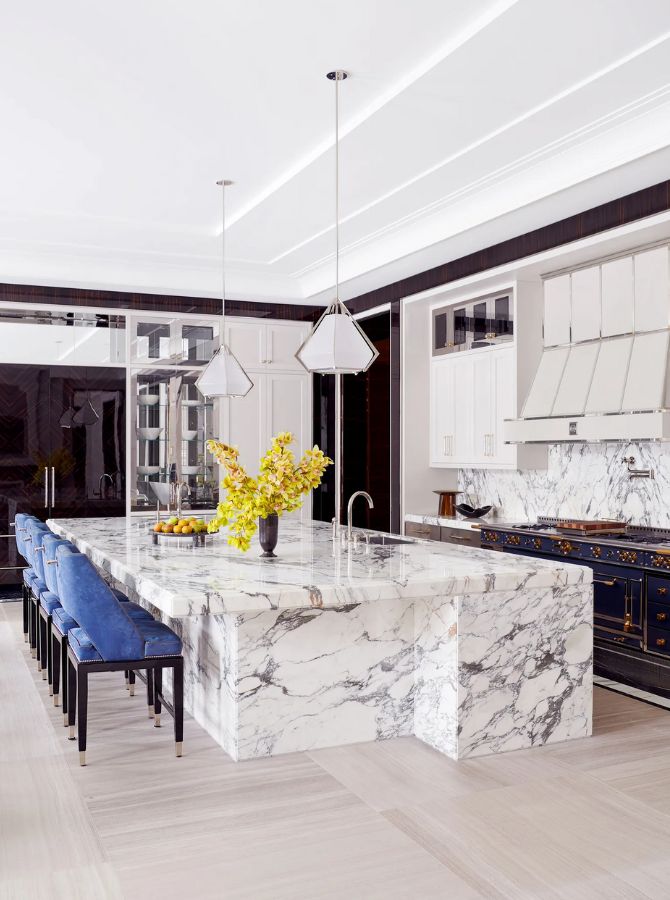
It’s an overpowering high luxury, Drake argues. The scale of the rooms, as well as the materials and design details of the floors and ceilings, all convey that message. I wanted to be sure that everyone could see the reflection of the years of work I’ve put in from every angle.


The grandeur of the rooms sets the tone for the experience of the residence from the minute one enters the spacious entry hall, which is covered in solid limestone with beveled inlays of Nero Marquina marble beneath a faceted ceiling of ancient mirror trimmed in bronze.

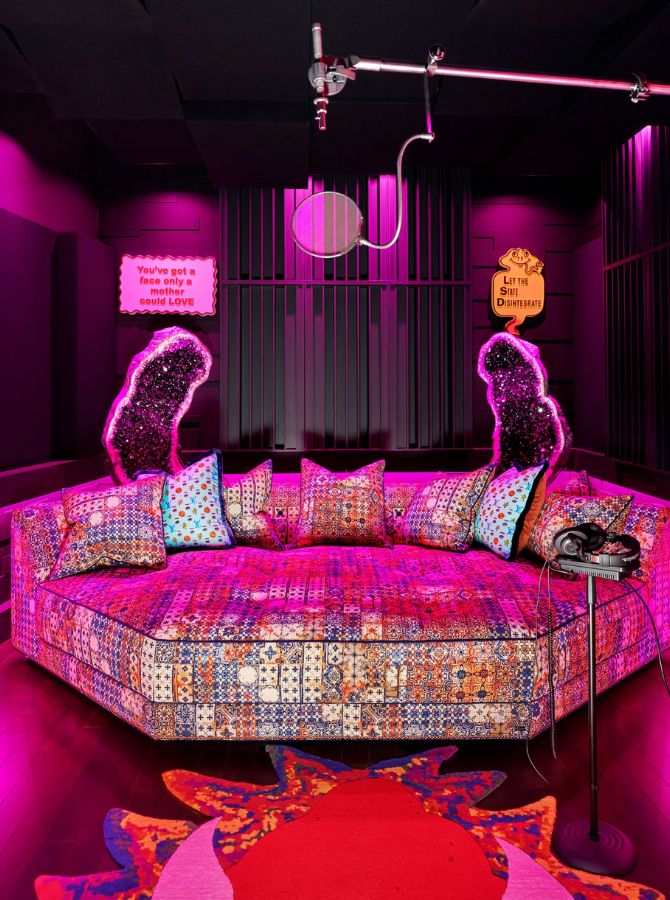
The magnificent big room, with its 44-foot ceiling, enhances the sound even more. A custom concert grand piano created by renowned Austrian piano manufacturer Bösendorfer in partnership with Japanese artist Takashi Murakami and Rafauli is nestled inside a portal framed by floor-to-ceiling Macassar ebony panels paired with bronze screens in front of additional antique beveled mirror at one end of the room. Drake was not going to get any old piano because music is his entire world. This valued asset is what Rafauli calls “an authentic marriage of artistry, craft, and quality.”
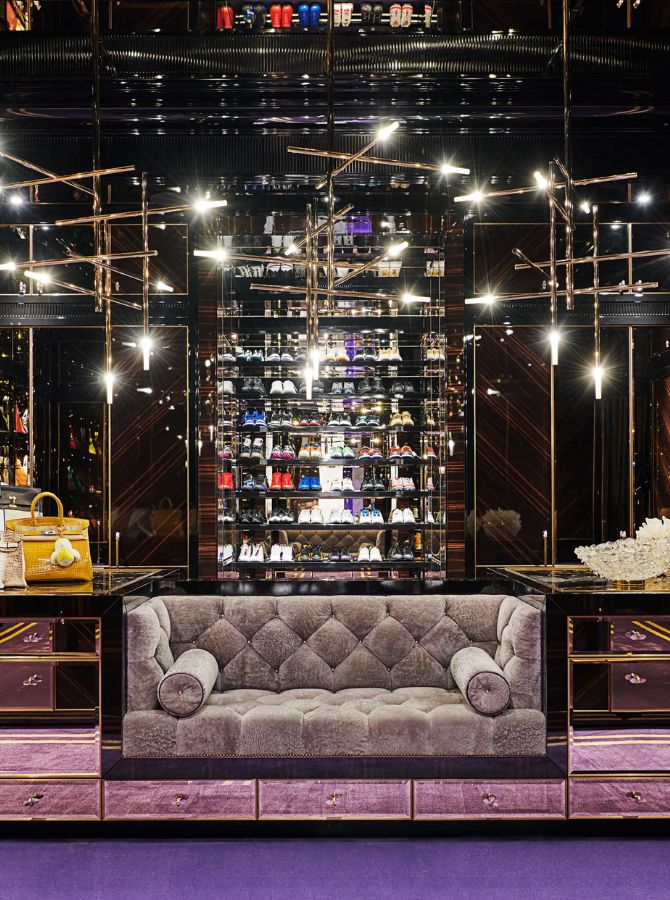
The classic Metropolitan chandelier by Lobmeyr, which was initially created by Hans Harald Rath for the Viennese manufacturer to adorn the Metropolitan Opera in New York City in 1963, is the second jewel in the great chamber. The stunning light sculpture, which has over 20,000 hand-cut Swarovski crystal pieces, is the second-largest installation of its sort in the world.
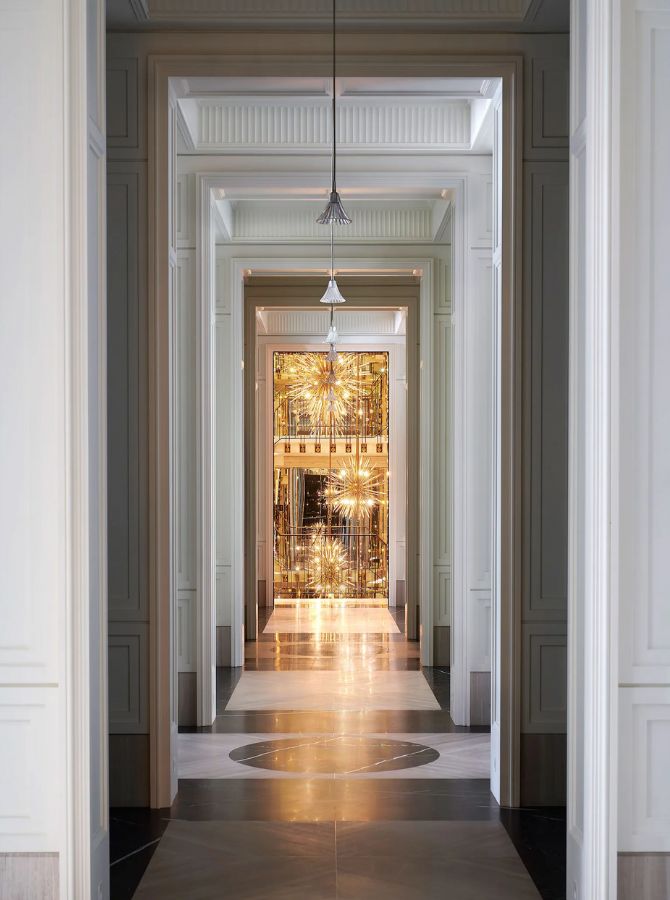
The extravagant canary-yellow lounge, which, along with a number of other rooms in the home, can be seen in Drake’s music videos for the tracks “When to Say When”/”Chicago Freestyle” and “Toosie Slide,” highlights the designer’s homages to Art Deco design. The room’s focal point is a foliate ceiling with concentric backlit hexagonal panels covered in Alcantara faux suede and a huge Venini-glass sunburst chandelier suspended from its center. The furniture in this room, as well as the rest of the house, was specially made by Rafauli using materials including dyed ostrich skin, mohair, macassar, and bronze.
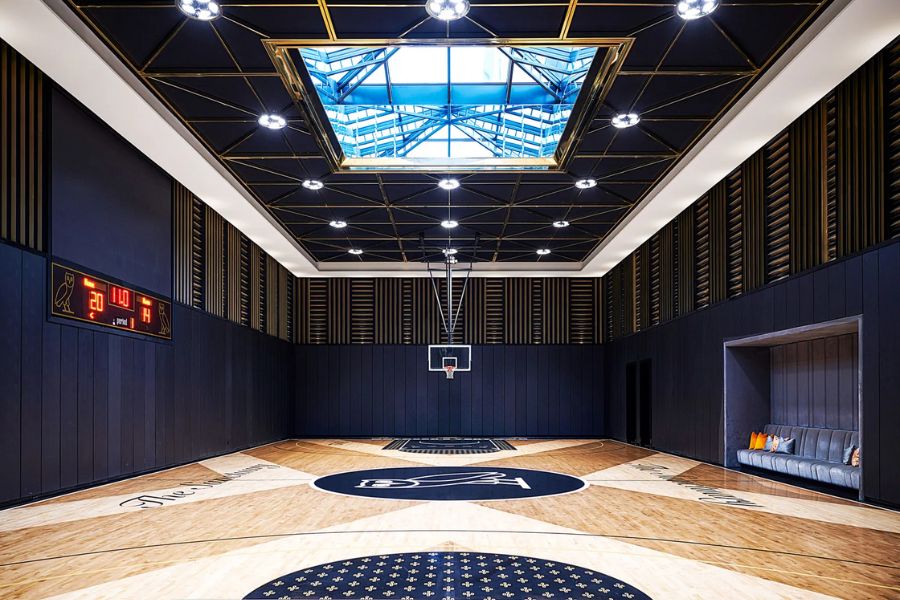
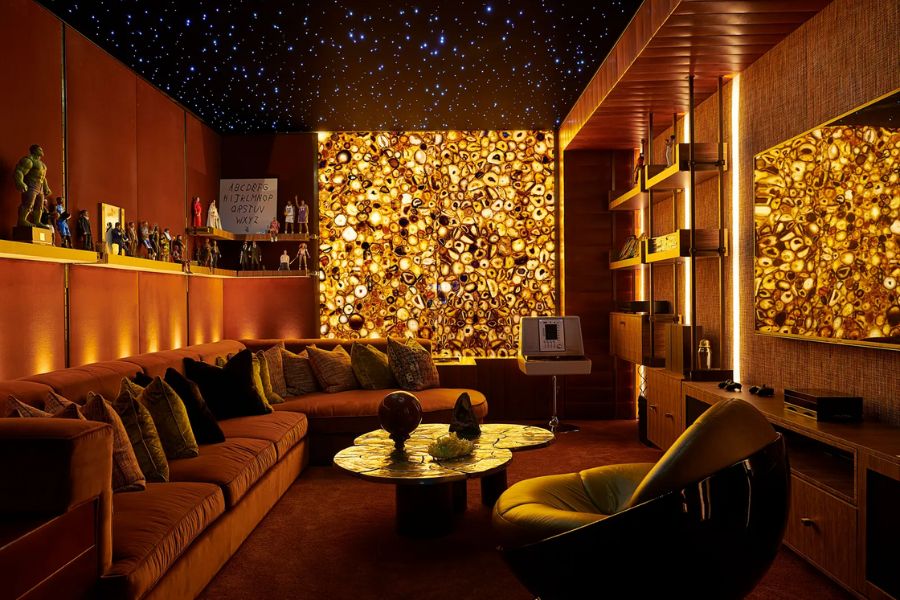
His 3,200 square foot master bedroom suite, which also has an additional 1,100 square feet of covered terraces, is Drake’s favorite space in the house. The bedroom is where he goes to unwind at the end of the day and where he gets up in the morning to face the day. “The wardrobe encourages you to talk to yourself while getting dressed, the bed allows you to float, the shower allows you to escape and collect your thoughts.”
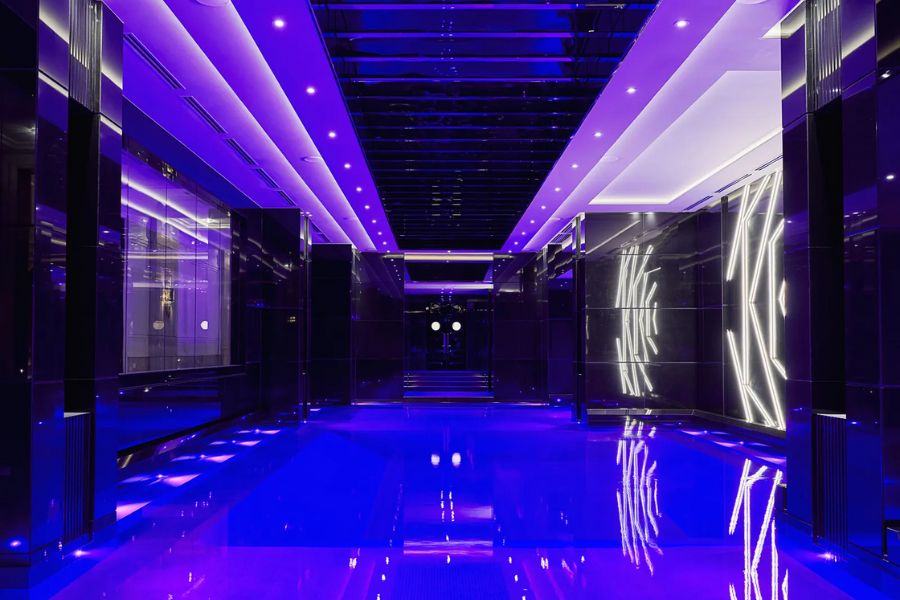
God is in the details, as usual. The bed and bed base are from Rafauli’s new Grand Vividus collection for Hästens, which weigh almost a tonne and cost more than many people’s whole homes. A whiskey and champagne bar is located on the other side of the headboard, which is decorated with an antique mirror and channel-tufted leather. The mattress has an Alexander McQueen hummingbird tapestry from The Rug Company, and the nightstands are inlaid with mother-of-pearl.
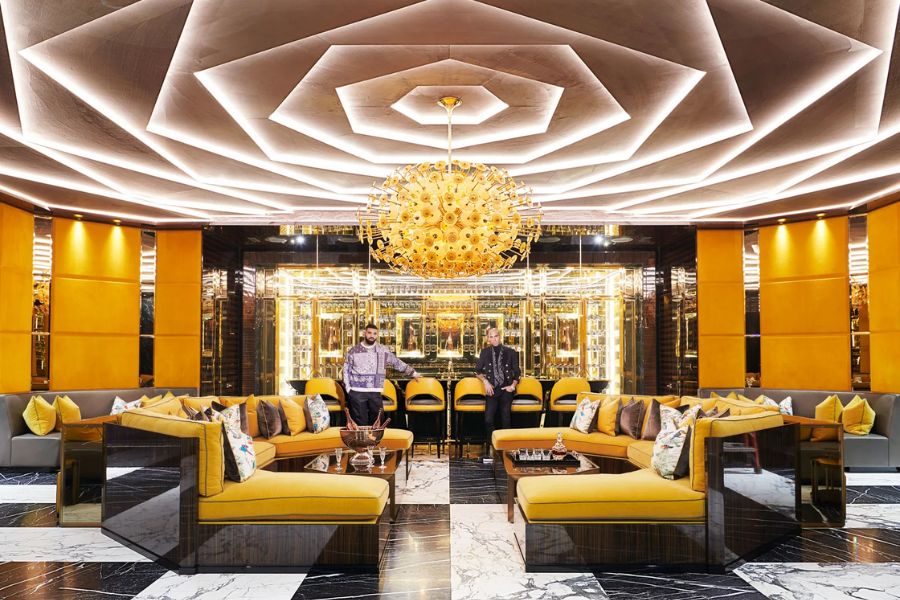
The 4,000-pound tub, fashioned from a single block of faceted black marble, is the centerpiece of the master bathroom. Drake’s two-story closet is as spectacular, with amethyst hardware, rock crystal, and chairs covered in diamond-tufted sheepskin and studs made of polished nickel. It’s the perfect place to display the musician’s enormous wardrobe, collection of sneakers, and collection of Hermès Birkin bags that he’s been accumulating for years.

And the blows don’t stop. There is a top-notch recording studio, which Drake likens to “eccentric 1970s studios mixed with Annabel’s in London,” a well-used kitchen that features the first stove from Rafauli’s new La Cornue line, an awards room that tells Drake’s life story from his early years to his time on the Canadian television program Degrassi: The Next Generation to his reign as a Grammy-winning musician, a hall of sports jerseys displayed in vitrines re
Drake remarks as he surveys the opulence of his Canadian pleasure palace, “I think the house shows that I have true faith in myself to take on this task at the age of just 27 and see it through.” The home, in my opinion, also prophesies that I will remain steadfast in the location of my birth.
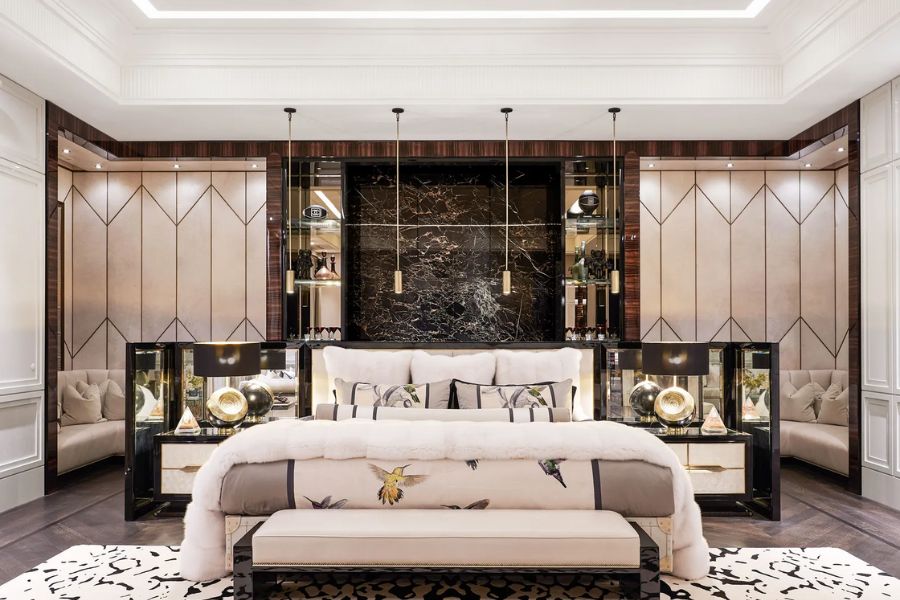
As the sun set over the Magnificent Manor House in Toronto of Drake, its grandeur radiated through every corner. The lavish estate stood as a testament to Drake’s impeccable taste and artistic vision. A symphony of success echoed within its walls, captivating all who beheld its beauty. It was a legacy that would forever be etched in the annals of Toronto’s architectural splendor.